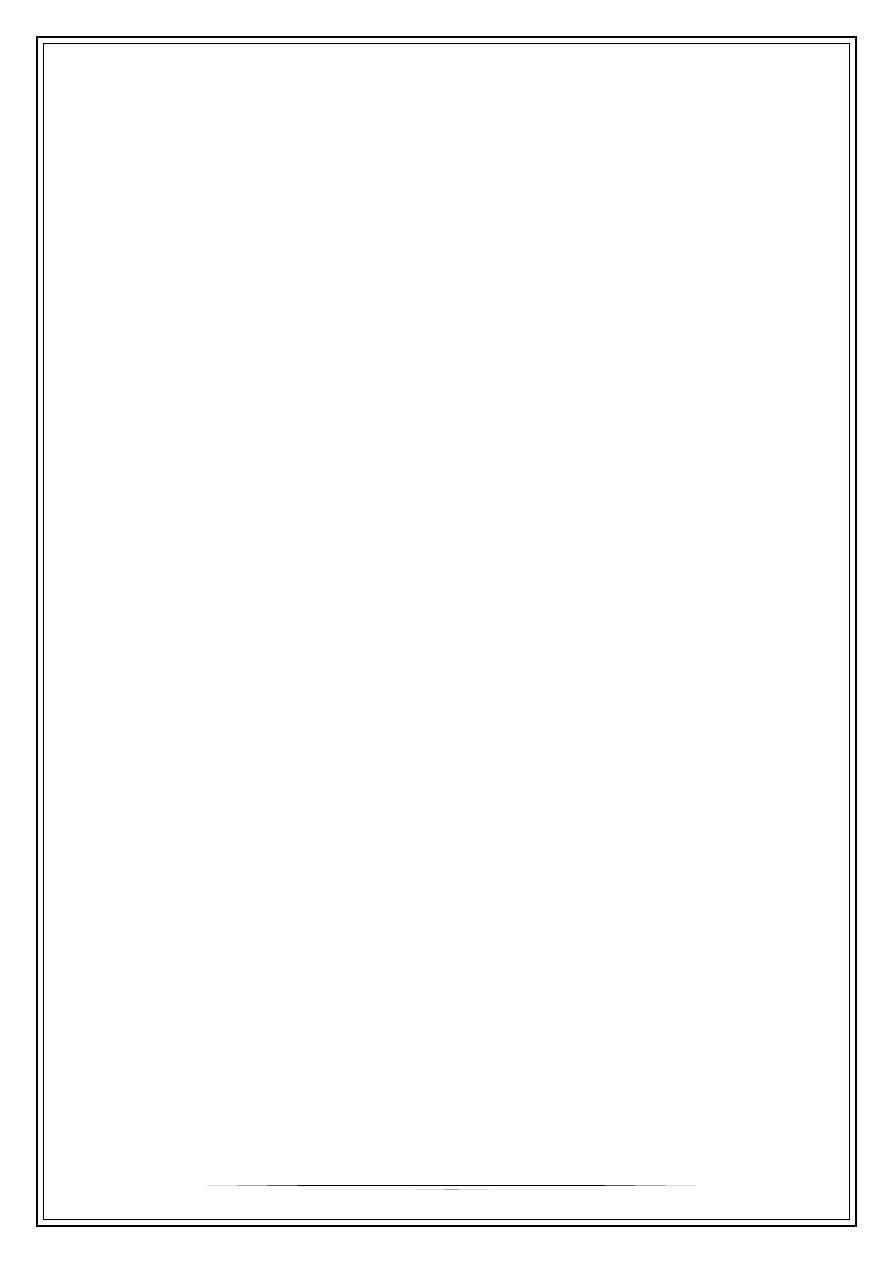
Fifth Stage
Internal Medicine
Dr. Dhyiaa – Lecture 6
1
Cronic Renal Failure
It is a progressive ,irreversible loss of renal function developed over a period of
years manifested initially as only biochemical abnormalities
((AZOTEMIA))
and
eventually development of the clinical signs and symptoms of chronic renal
failure
((URAEMIA))
Etiology
1. Hypertension
2. DM
3. GN.
4. Cystic kidney diseases
eg. PKD
5. Interstitial renal diseases
6. Congenital
7. Systemic inflammatory diseases
eg. SLE
8. Unknown
Clinical presentations:
1.
Asymptomatic
and discovered during routine examination to have raised
blood urea and serum creatinine
2.
Nocturia
often an early symptom
3. Often accompanied by
hypertension
,
protienuria, anemia
, tiredness, fatigue
and anorexia.
4.
Cardiovascular
manifestations: hypertension, peripheral oedema, arrhythmia,
pericarditis and pericardial effusion
5.
GIT symptoms
: may be too early in form of nausea, vomiting, hiccoughs &GI
bleeding
6.
Hematological
; fatigue, anemia, bleeding tendency.
7.
Neurological
complications : muscular twitching, confusion, drowsiness, fit,
restless leg and comma.
8.
dermatological
: pruritus, earthy color.
9.
acute exacerbations
(acute on chronic) presented with metabolic acidosis and
Kussmaul respiration.
10. features of the
underlying cause
.
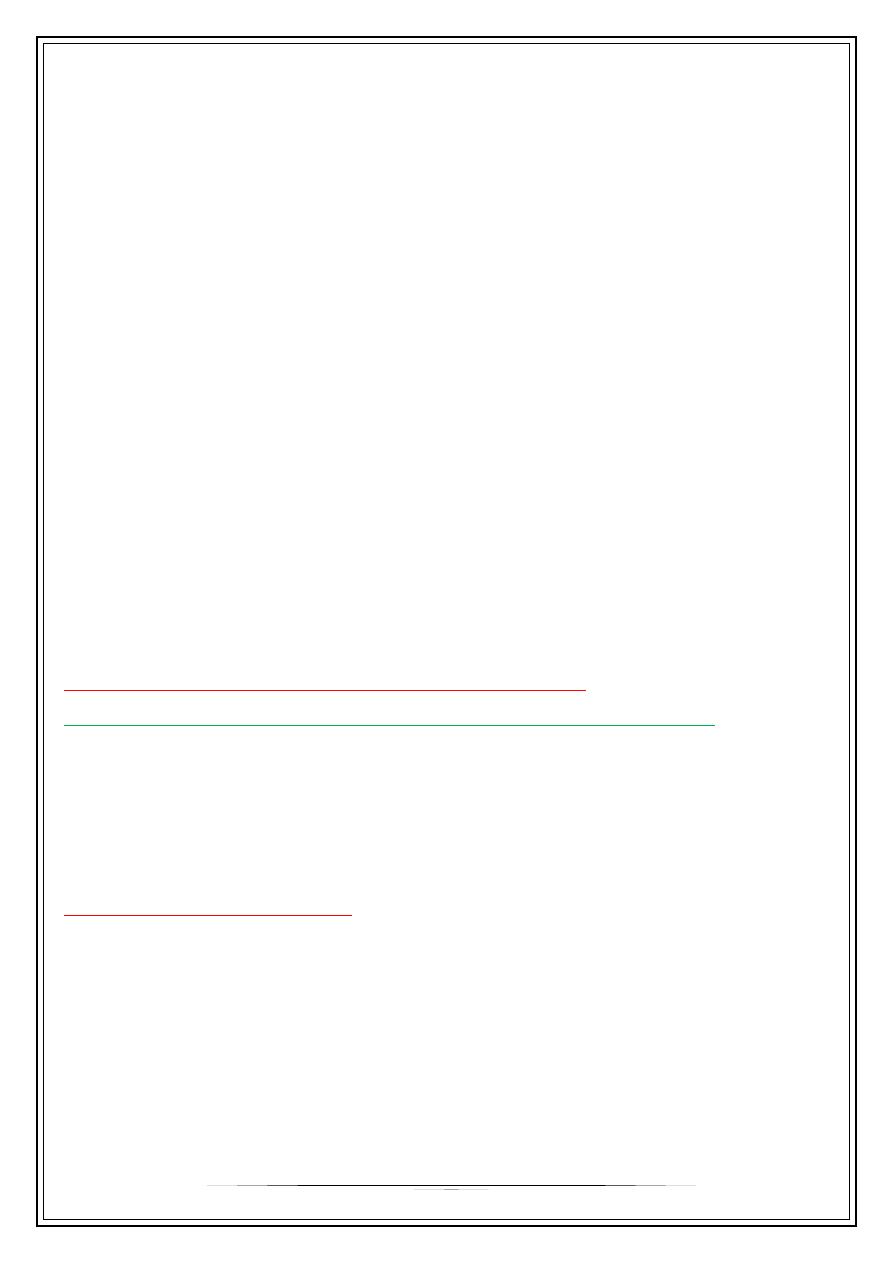
2
Investigations
1.
CBP
: anemia (N.N., hypochromic microcytic or macrocytic)
2.
↑
B,urea ,
↑
S. cr. ,
↑
K ,
↑
phosphate,
↓
ca,
↓
bicarbonate
3. Blood
sugar
and
lipid
profile
4.
hepatitis
and
HIV
serology for dialysis or transplantation
5.
X- ray
of the bones may shows features of secondary hyperparathyroidism (
ostitis fibrosa cystica)
6. abdominal
Ultrasonography
will show small size kidneys or any evidence of
obstructive uropathy
7.
Chest X- ray
……Heart size , pulmonary edema
8.
ECG
……..arrhythmia, pericarditis, IHD, Hyperkalemia
9.
Tissue typing
if transplantation is considered
10.
Specific investigations
to identify the underlying cause eg. ANA for SLE
Management
A. Treatment of the underlying cause if possible eg. GN
B. Look for reversible factors which are making renal function worse
- hypertension
: antihypertensive drugs with BP goal of 130\85 mmHg
-
Obstructive uropathy
….Relieve the obstruction
-
urinary tract infection
..Vigorous treatment
-
Nephrotoxic medication
should be avoided eg. Tetracycline, Nalidixic acid,
aspirin, sulphonylurea, spirinolactone and acetazolamide.
C. Retarding the progression of CRF:
When serum createnin
>3.5 mg\dL
. , progressive deterioration in renal function
irrespective of its etiology and the rate of deterioration is very variable
between patients but it is constant for an individual patient and changes in
the slop may be achieved by:
1.
Blood pressure
control.
2. Moderate
protein restriction
to 60 gm\day should be accompanied by
adequate intake of calories.
3.
specific treatment
of the underlying cause eg. Immunosuppressive therapy for
GN.

3
D. Limiting the adverse effect of CRF:
1. regulation of fluid and electrolytes;
- Solute and fluid intake must be restricted
as renal failure advanced but those
with salt wasting disease may require a high sodium and water intake eg. Cystic
kidney diseases and tubulointerstitial diseases while those with glomerular
disease require restriction of sodium and water intake to avoid volume overload.
-
Diuretics
may be necessary if the patient is unable to restrict the sodium intake
adequately
-
correction of acidosis
with sodium bicarbonate supplement or in form of calcium
carbonate which also used to bind dietary phosphate.
-
Limitation of potassium intake
- In patient who are unable to maintain their volume status by diet and diuretics
or if they are persistently hyperkalaemic or severely acidotic,
dialysis therapy
is
indicated.
2.Correction of anemia;
Anemia is common in those with CRF and it may be result from:
a.
Relative deficiency of erythropoietin
b
. Bon marrow depression
c.
reduced intake and absorption of iron
d.
↓ red cell survival
e.
↑ blood loss ( bleeding, dialysis, sampling)
f.
loss of foliate in dialysis
So correction of anemia usually achieved by
:
a.
Recombinant human erythropoietin
b.
folate supplement
c.
Iron supplement should be used to keep serum ferritin >100ug.\L.
d.
Androgen may be used in resistant cases
e.
blood transfusion in refractory anemia.
3. Bleeding:
it is mostly due to impaired platelet function and adequate dialysis
partially correct bleeding tendency.
4. Infection
should be recognized and treated promptly
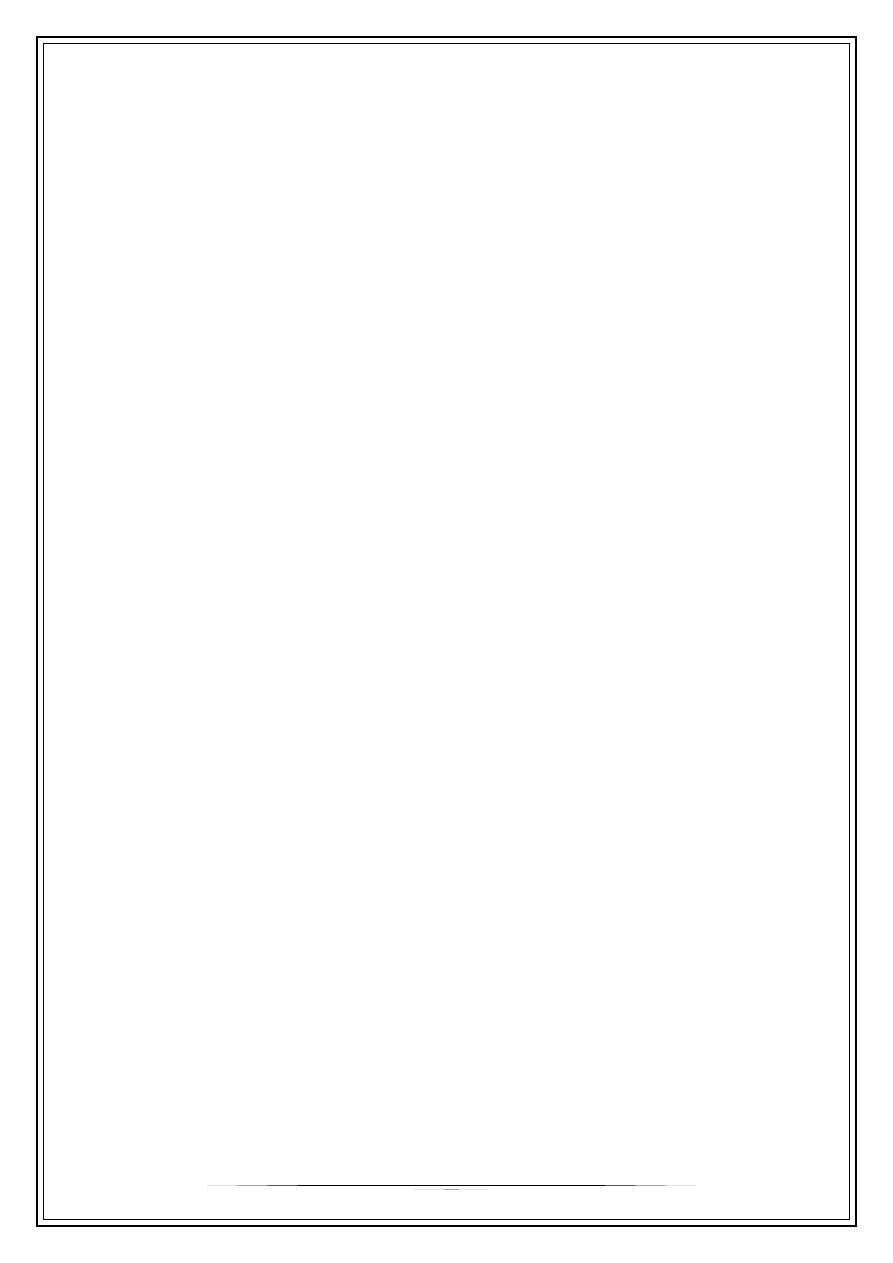
4
5. Cardiovascular diseases and lipid:
-
hypertension
develops in about
80%
of patients with CRF and it must be
controlled as it cause farther vascular and glomerular damage and
worsening of renal failure.
-
Hyperlipidemia
commonly seen and anti Hyperlipidemia (statine group)
achieve substantial reduction of lipid in chronic renal diseases.
6. Renal osteodystrophy :
it consist of mixture of
osteomalacia
,
hyperparathyroid
bone disease (ostitis
fibrosa cystica ),
osteoporosis
and
osteosclerosis
.
Its treatment:
a
. dietary
restriction of food
with high phosphate content (milk , cheese ,egg )
b
. use of
phosphate binding drugs
eg. Calcium carbonate.
c
.
1α – hydroxylated vitamin D
.
d
. In severe bone disease with autonomous parathyroid function ,
parathyroidectomy
may be necessary
7. Myopathy:
a. muscle cramps are common and
quinine sulphate
may be helpful
b. restless leg syndrome often improved by
clonazepam.
8.other adverse effects
a. neuropathy
: usually appear late and may improve or even resolve once
dialysis is established
b. amenorrhea
treated by dopamine agonists
c. GIT symptoms
treated symptomatically and there is higher incidence of peptic
ulcer diseases so H2 –receptor antagonists or proton pump inhibitors are
commonly used
d. depression
is common and psychological support should be provided for both
the patients and their families
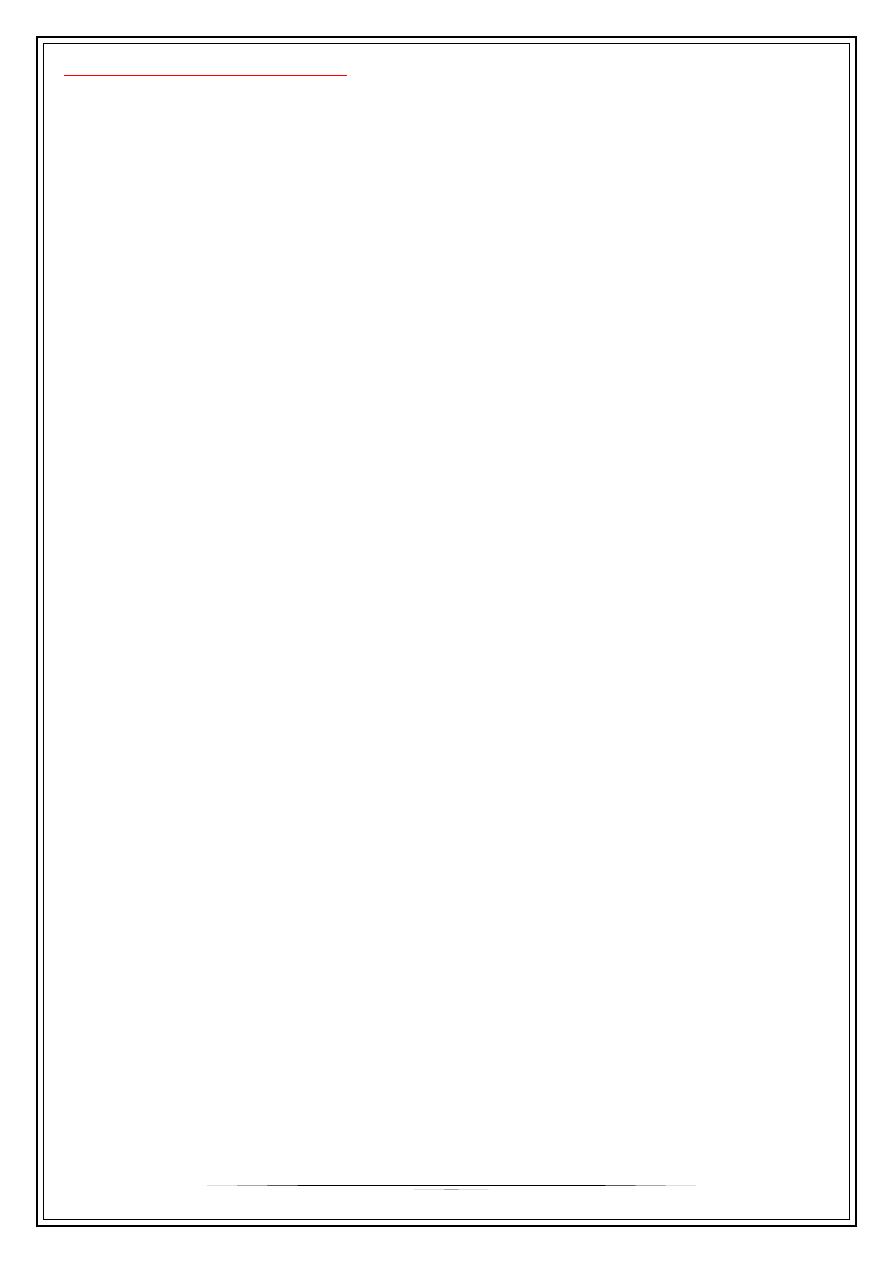
5
E. RENAL REPLACEMENT THERAPY:
1. Haemodialysis:
-
In which there's diffusion of solutes between plasma and dialysate across a
synthetic semi-permeable membrane fallowing a concentration gradient.
-
movement of solutes may be bidirectional and continuo as long as the
concentration gradient remain.
-
Fluid is removed by applying negative pressure to the dialysate side ((
ultrafiltration)).
-
Vascular access is required and arteriovenous fistula should be formed.
Haemodialysis usually carried out of
3-4 hours
,
three times per week
but
usually start with
1 hour
and increase the time gradually to prevent
-
(( disequilibrium Syndrome ))
.
- It is
preferred in
patients with obesity, hernia, COPD, back pain, abdominal wall
scars and Hypoalbuminemia.
-
Anticoagulan
t are usually required.
2. Haemofiltration
:
- It involve the movement of large volumes of fluid across extremely porous
membranes
- It is effective therapy to
critically ill
or who is
haemodynamically unstable
patients.
3.Peritoneal dialysis
;
- Uses the peritoneum as a semi permeable dialysis membrane.
- Solute move down a concentration gradient and water down an osmotic
gradient achieved by
using an osmolar compound
((typically glucose)) in
the dialysis fluid.
- It is
preferred in
young children and elderly patient with cardiovascular
instability.
-
Peritonitis
is the most common complication
4.Renal transplantation:
- It offer the
best chance
of long term survival in patient with ESRD.
-
All patients
should be considered for transplantation
unless
there's
contraindication for it.
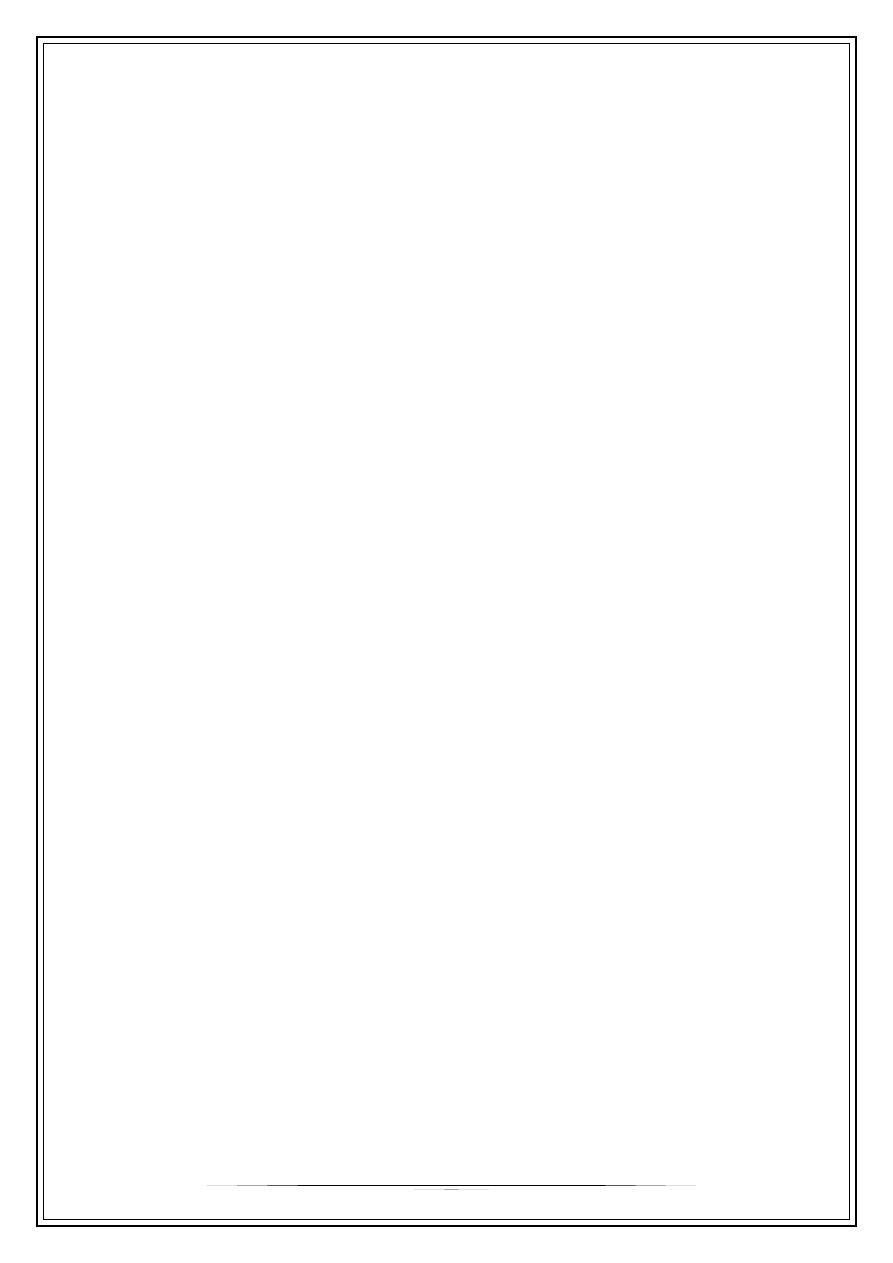
6
In the transplant operation, the donor vessels are anastomosed to the recipient
iliac artery and vein and the donor ureter to the bladder.
Contraindications;
1. Malignancy
2. Severe ischemic heart disease
3. Active vasculitis or anti GBM disease
4. Age less than 1 year or more than 75 years.
5. Significant comorbidity
Complications
The most common complication is graft rejection which is of 3 types:
1.Hyperacute rejection:
it occurs within min-hours of transplantation ((
incompatibility )).
2. Acute rejection:
it occurs 2-8 weeks after transplantation.
3. Chronic rejection:
it is more indolent and poorly responsive to antirejection
therapy.
- Immunosuppressive therapy
is required to prevent rejection using;
- Cyclosporine or tacrolimus
- azathioprime
- predenselon
- sepsis
is an important complication.
GOOD LUCK
GOOD BYE



